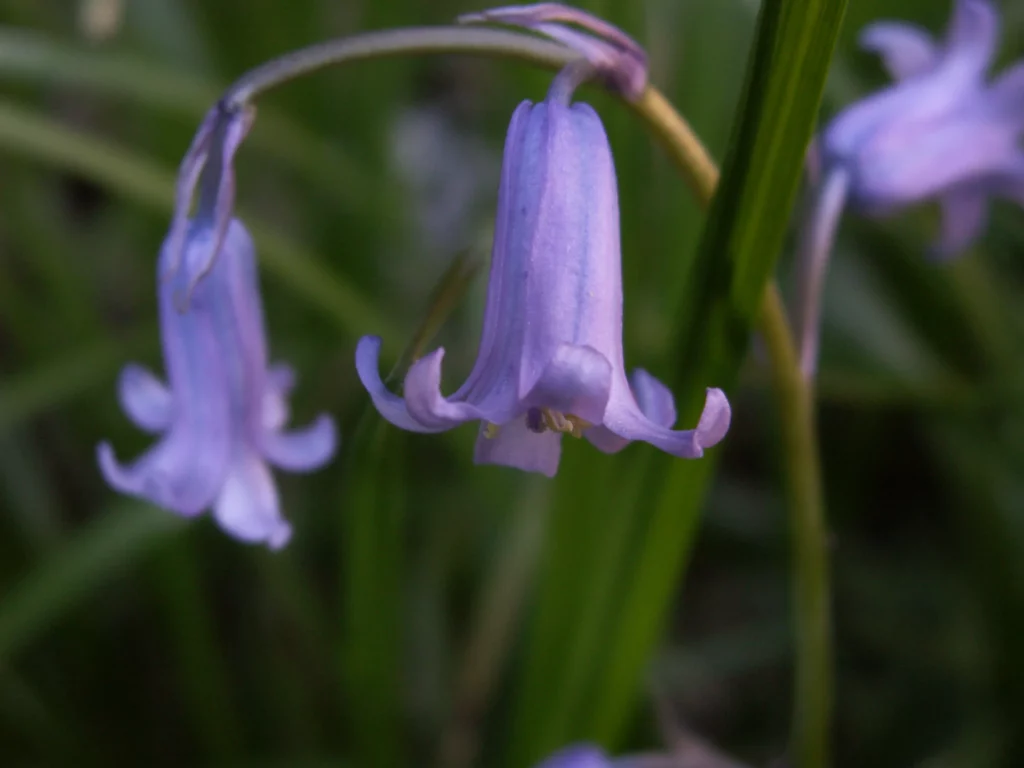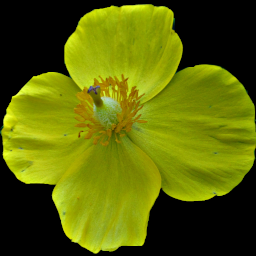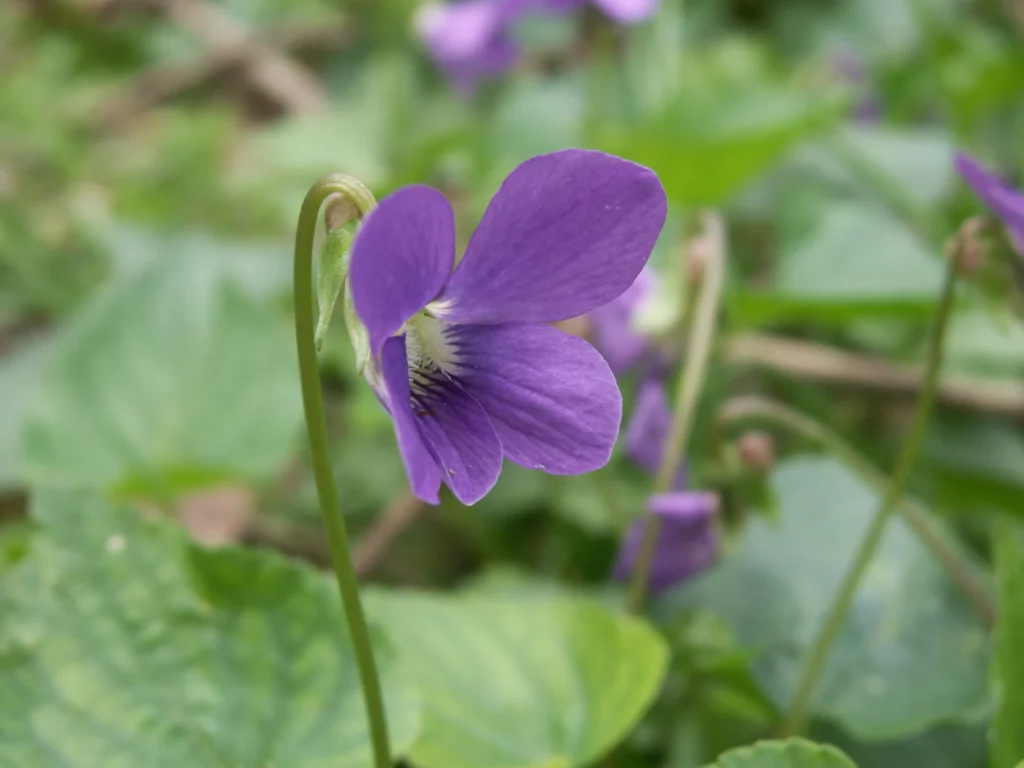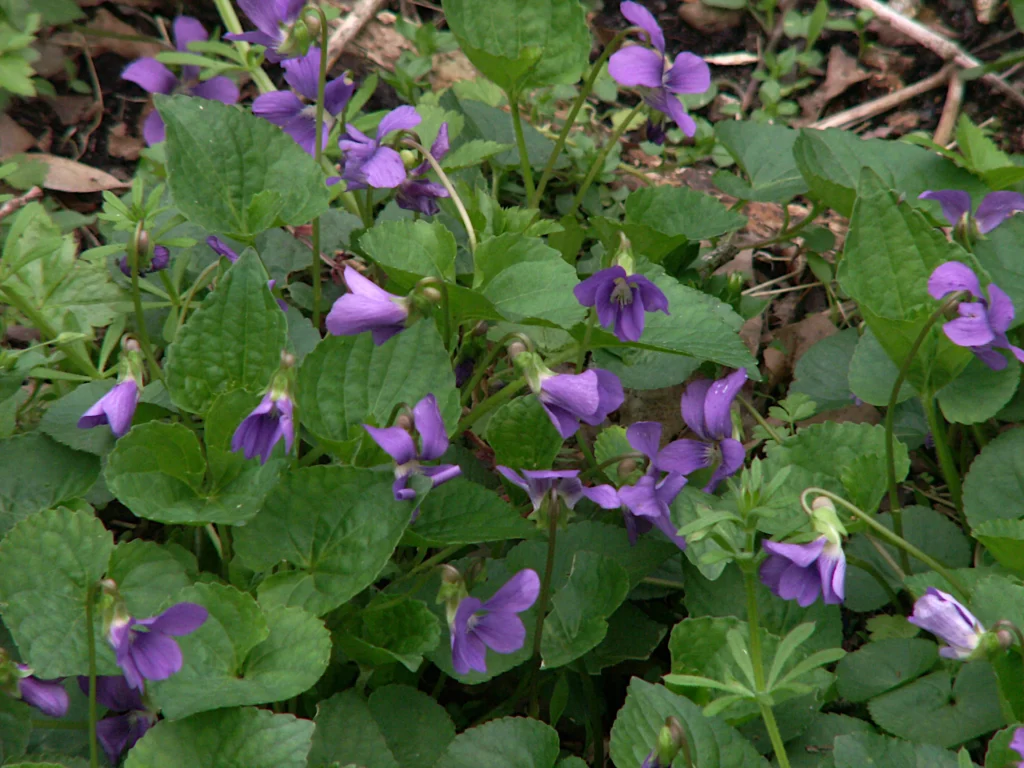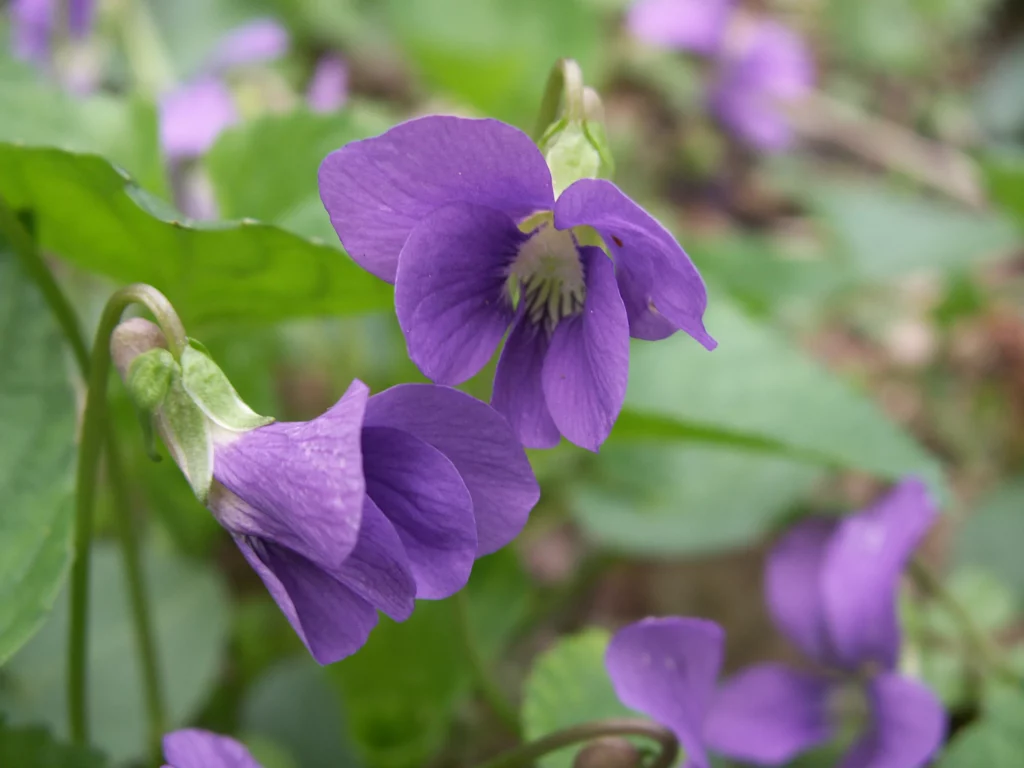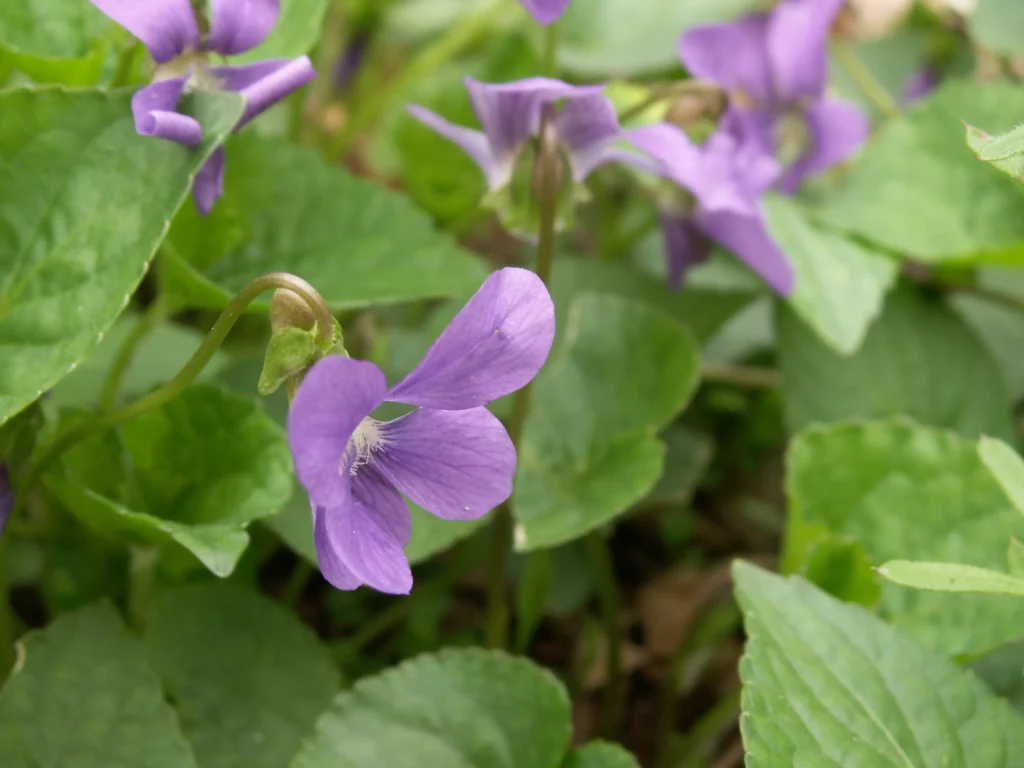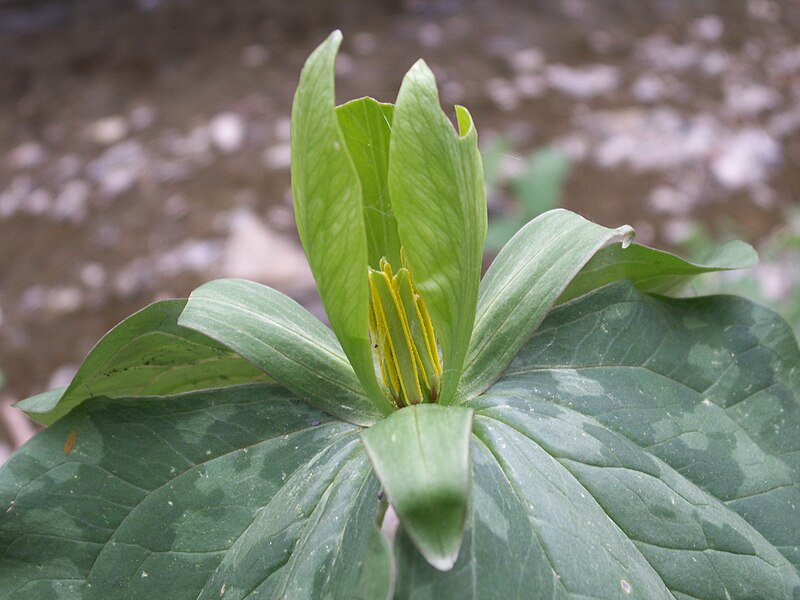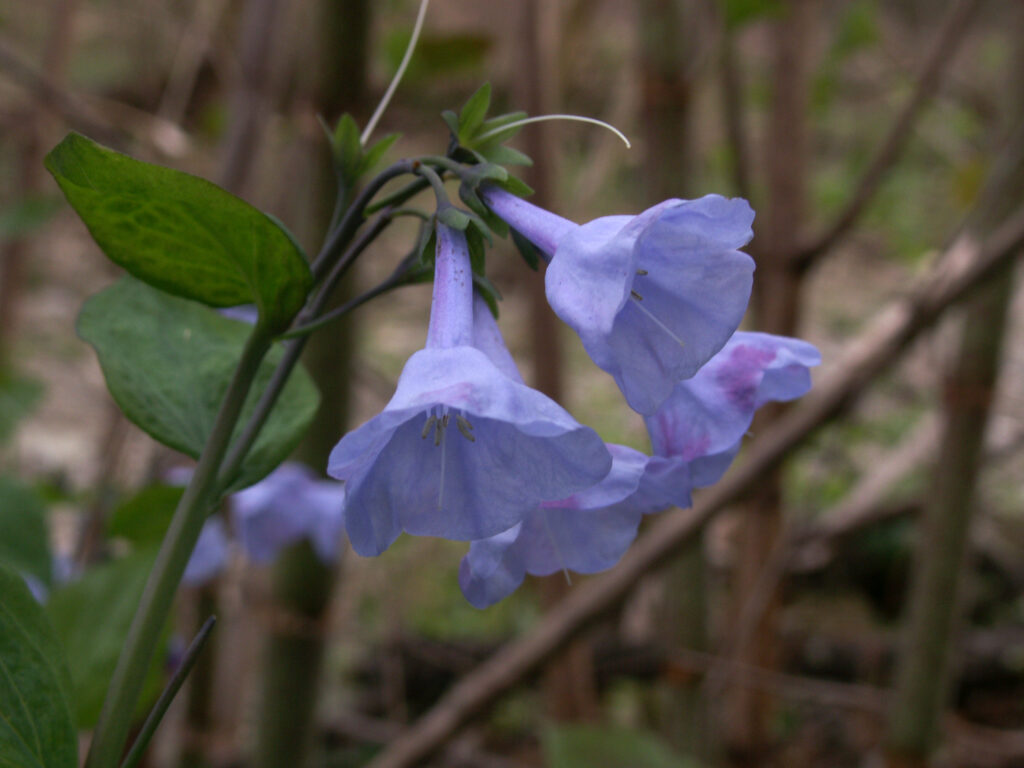
Though they are not recorded as wild in Pennsylvania by the usual botanical authorities, these dainty bells sometimes pop up unexpectedly as volunteers. This small volunteer patch has been at the same place in Beechview for a few years now, so we can regard it as established and spreading.
For a brief description, see the Hyacinthoides non-scripta reference page.

